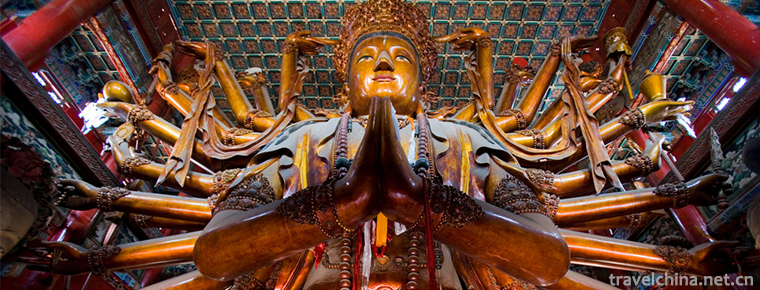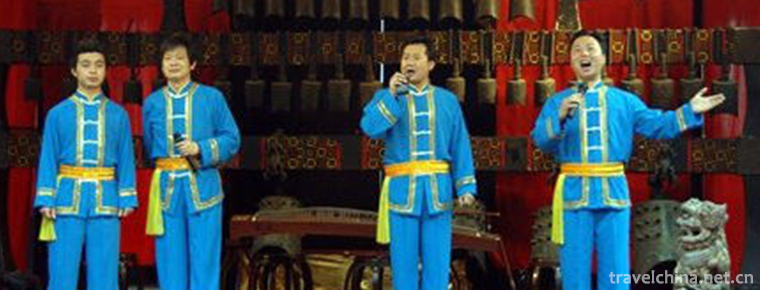2018-12-06

- By ChinaWiki.net
- Chinese Edition
- 2020-12-14
The origin of Panzhihua
Panzhihua is located on the Bank of Jinsha River. It was originally named shangxiaba village. It was formed around the 8th year of Tongzhi reign of Qing Dynasty (1869). Because there is an old and tall Panzhihua tree at the entrance of the village, it is called "Panzhihua village".
The name of Panzhihua village was first found on the map, which is the general information collection of Ningzhi counties (Yanbian county) in the compilation of Sichuan kangbian government materials published in April of the 29th of the Republic of China (1940).
On February 5, 1965, the CPC Central Committee and the State Council officially approved the establishment of Panzhihua special zone. On April 22, in order to facilitate confidentiality, the State Council issued the "reply on the issue of renaming Panzhihua special zone", which agreed to rename Panzhihua special zone as "Dukou city". On March 4, Chairman Mao Zedong wrote in the report on strengthening the construction of Panzhihua Industrial Zone, presented by Lv Dong, Minister of metallurgical industry, and Xu Chi, commander-in-chief of Panzhihua special zone: "this is very good." Therefore, Panzhihua City designated this day as "Panzhihua development and construction Memorial Day", that is, Panzhihua City establishment day.
On January 23, 1987, with the approval of the State Council, Dukou city was renamed "Panzhihua City".
Ask a Question
Your email address will not be published.



0 Questions